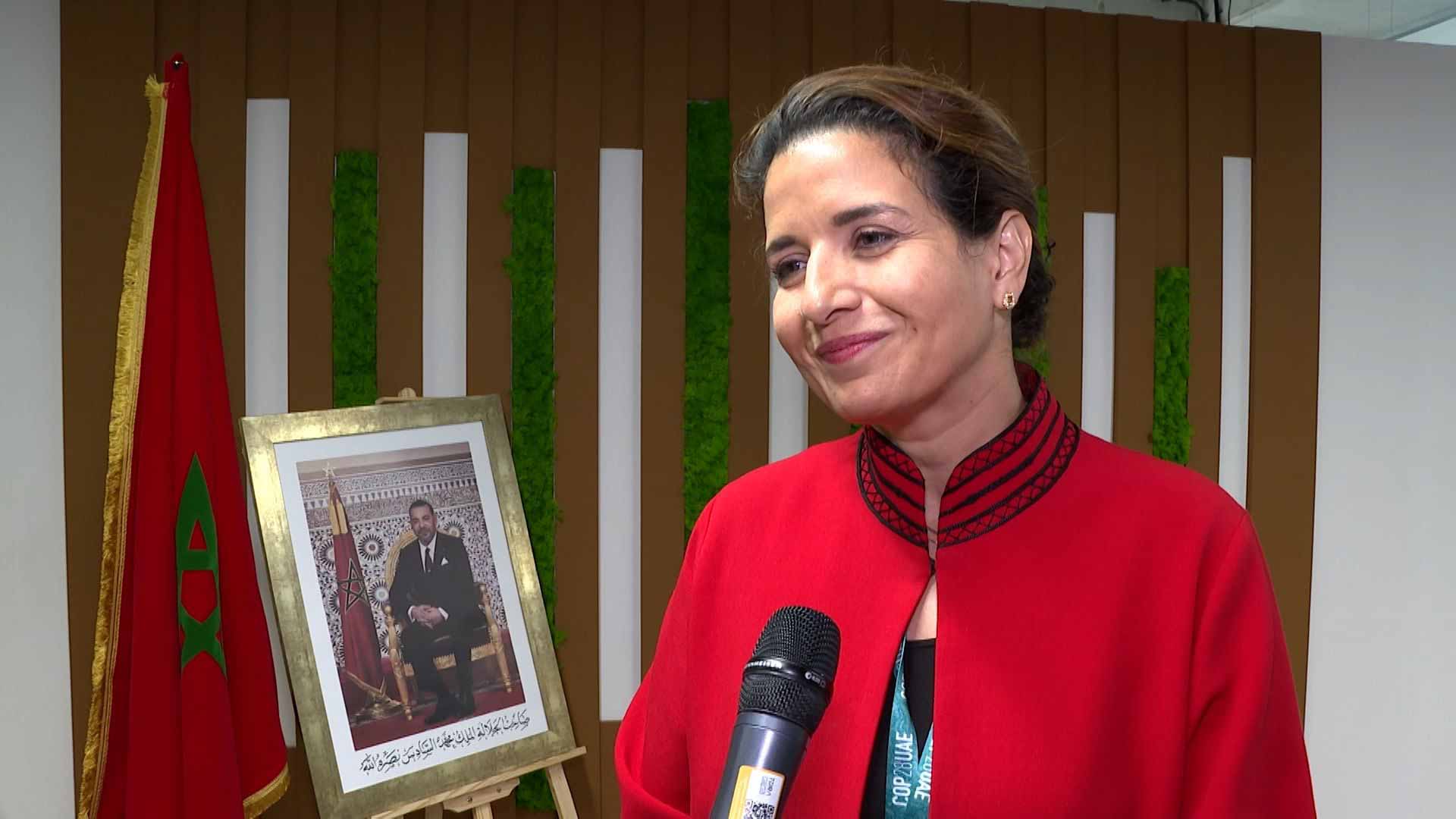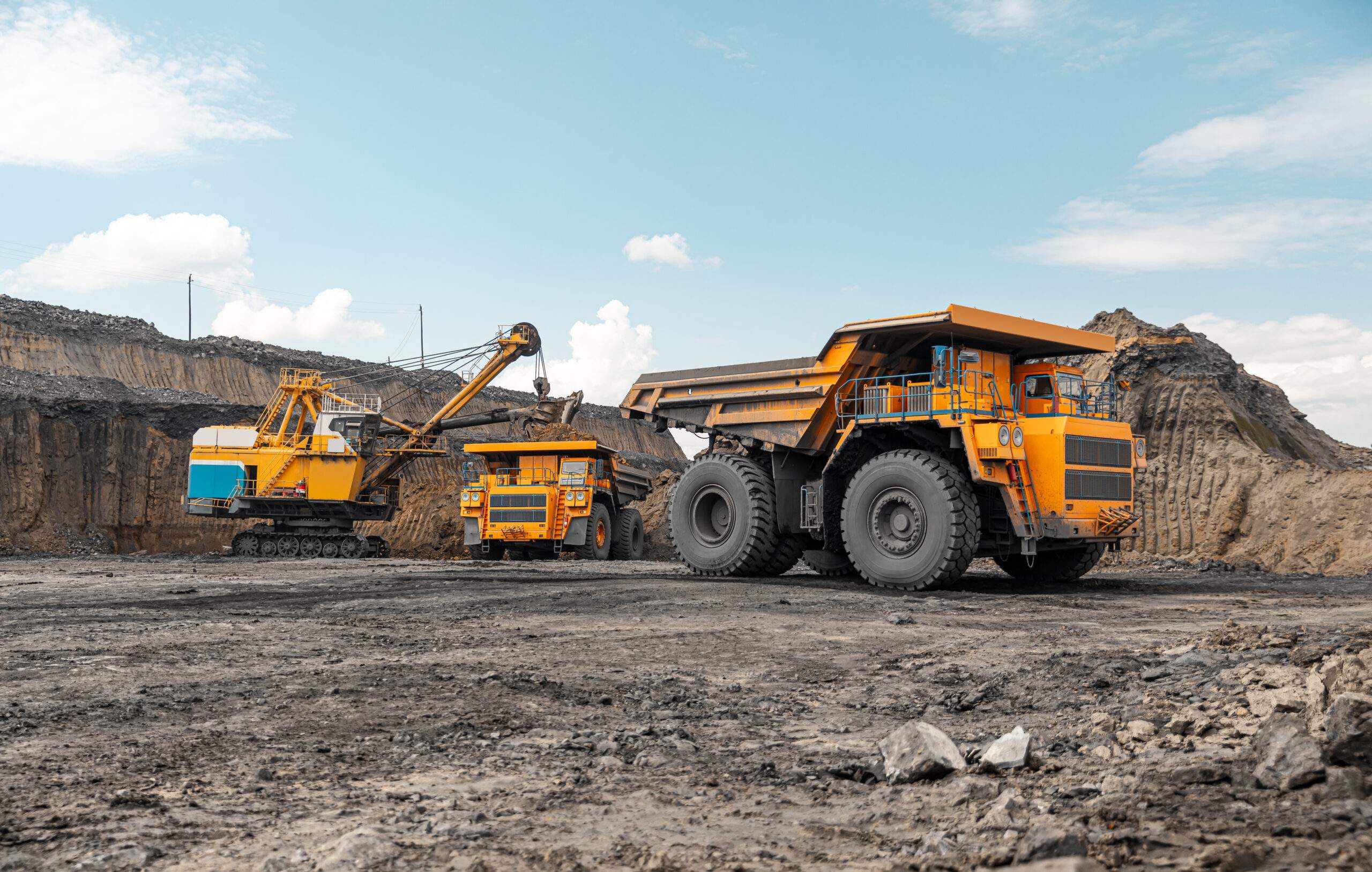Kwatani wins major screening order from Central Asia copper mine
Competing with leading OEMs from around the world, vibrating screen specialist OEM Kwatani says it has snatched a mammoth export order for over 70 screens from a mining operation in Central Asia.
The order was signed in April with a large copper mine in the region, which boasts a production rate of 35 Mt/y. According to Kwatani General Manager Sales and Service, Jan Schoepflin, the machines will be rolled out and delivered over a tight schedule of just eight months.
Kwatani, now part of the Sandvik group within the Sandvik Rock Processing Solutions division, is already hard at work manufacturing the large and medium-sized screens at its South Africa-based manufacturing facility.
“This is Kwatani’s largest order to date and is probably the largest single order for screens ever placed with a company in Africa,” Schoepflin says. “We are proud to have won such a prestigious bid in the face of intense competition, showing how our global reputation has been growing.”
The order is for large double-deck multi-slope screens, which feed high pressure grinding rolls, as well as for single-deck linear screens feeding concentrators. The screens in this order will be installed on isolation frames to minimise the extent to which dynamic loads affect the plant’s building structures, the company says.
Kwatani says it is well known for its design, manufacture and servicing of large, robust screens which are engineered for tonnage.
“As the largest OEM for vibrating screens and feeders in Africa, we have had great success on the continent and abroad with our large ‘banana’ screens,” Schoepflin says. “These and our other custom-engineered screens have been supplied to over 50 countries to date.”
The stringent and lengthy technical adjudication for this project was conducted for the mine by two leading international project engineering houses. The size and value of the order ensured all the mining industry’s foremost screen suppliers participated in the bid. Other indicators of the order’s scale are that the screens will consume around 700 t of steel, and will altogether be fitted with 21,000 screening panels.
Schoepflin notes that an important consideration for customers is not only the proven quality and performance of its screens, but Kwatani’s ability to deliver on time.
“Any large capital expenditure decision on a mine is taken with time-sensitive factors in mind,” he says. “For instance, the delayed delivery of critical equipment can prevent a mine from meeting its planned production targets. This undermines the financial basis for that decision – an eventuality that no mine can afford.”
The end-customer and the project houses, therefore, had to have full confidence in Kwatani’s capacity.
With growing demand from a buoyant mining sector, the company recently added another 3,000 sq.m to its existing 17,000 sq.m facility in Spartan, Johannesburg. Its design and manufacturing capabilities are ISO 9001:2015 certified, ensuring that the latest order to Asia will comply with the highest global standards, he says.
“We also pride ourselves on the quality and resilience of our supply chain, which underpins our ability to manufacture to demanding deadlines,” Schoepflin says. “We carefully select our supply partners – most of whom are local enterprises – and collaborate closely with them to build their sustainability and responsiveness.”
To keep the project’s schedule on track, dedicated in-house project managers and procurement specialists meet regularly with supply partners to ensure a smooth and streamlined process. This has required alignment of all local and global procurement, including motors, drives and steel. The company’s agility allowed contracts and prices to be tied down for timeous delivery, despite the global supply chain disruption that lingers from the COVID-19 lockdowns, Kwatani says.
Kwatani will conduct training of the mine staff in maintenance and troubleshooting, so that they can fulfil these essential duties independently. The mine will be able to source all the necessary spares from Kwatani, who will also send an engineer or technician to site to supervise and sign off on certain major tasks.
Meeting delivery deadlines and avoiding penalties will require detailed logistical planning for the completed units, Schoepflin notes. The screens will be delivered in batches to a South African port, and shipped as break bulk due to their size. Production of the screens is expected to be complete by early 2023.
Share this content:














